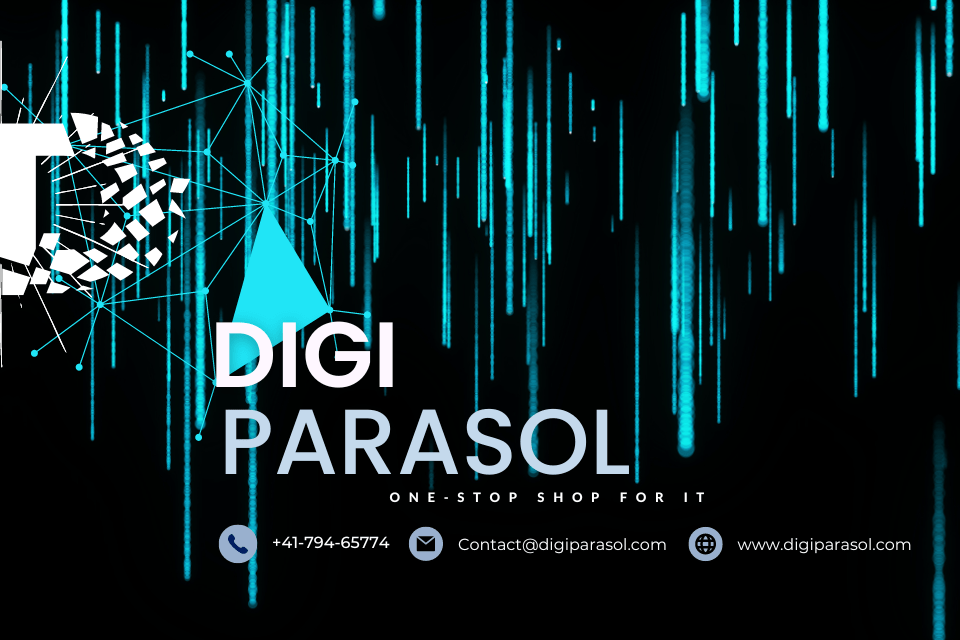A Guide to Understanding Your Job Role: Benefits and Tips for Success
In today’s fast-paced and ever-changing work environment, it can be challenging to fully grasp the responsibilities and expectations that come with a new job. That’s where a guide to understanding your job role can be incredibly helpful. By providing clarity on what is expected of you, how to navigate your new position, and tips for success, such a guide can set you up for success in your career.
Benefits of Understanding Your Job Role
1. Clarifying Expectations: One of the main benefits of having a guide to understanding your job role is that it helps to clarify what is expected of you in your position. By clearly outlining your responsibilities, goals, and key performance indicators, you can better focus your efforts and meet or exceed expectations.
2. Setting Goals: A guide to understanding your job role can help you set specific, measurable, achievable, relevant, and time-bound (SMART) goals for your position. By having a clear understanding of what is expected of you, you can easily identify areas for growth and development and tailor your goals to align with the overall goals of the organization.
3. Improving Communication: By understanding your job role and responsibilities, you can communicate more effectively with your supervisor, colleagues, and other stakeholders in the organization. This can lead to smoother collaboration, increased productivity, and a more positive work environment overall.
4. Increasing Job Satisfaction: When you have a clear understanding of your job role and how it fits into the larger organization, you are more likely to feel satisfied and fulfilled in your position. This can lead to increased motivation, engagement, and overall job satisfaction.
Tips for Getting Started
1. Review Your Job Description: The first step in understanding your job role is to review your job description and any other relevant documentation provided by your employer. Pay close attention to the specific responsibilities, qualifications, and expectations outlined in the document.
2. Meet with Your Supervisor: Schedule a meeting with your supervisor to discuss your job role, responsibilities, and expectations. Use this time to ask any questions you may have, seek clarification on any aspects of your job role, and discuss your goals and development opportunities.
3. Seek Feedback: Don’t be afraid to seek feedback from your supervisor, colleagues, and other stakeholders in the organization. By soliciting feedback on your performance, you can identify areas for improvement and ensure that you are meeting or exceeding expectations in your role.
Essential Equipment
In addition to understanding your job role and responsibilities, having the right equipment is essential for success in your position. Depending on the nature of your job, this could include:
1. Technology: Ensure that you have access to the technology and tools you need to perform your job effectively. This could include a computer, software programs, a phone, and any other equipment specific to your role.
2. Training Materials: If you require specific training or certification for your job role, make sure you have access to the necessary materials, resources, and support to complete the training successfully.
3. Workspace: Make sure you have a clean, organized, and ergonomic workspace that is conducive to productivity and focus. This could include a desk, chair, filing system, and any other equipment needed to perform your job effectively.
In conclusion, a guide to understanding your job role can provide numerous benefits, including clarifying expectations, setting goals, improving communication, and increasing job satisfaction. By following the tips outlined above and ensuring you have the essential equipment for your position, you can set yourself up for success in your career. Remember, understanding your job role is an ongoing process, so continue to seek feedback, ask questions, and identify opportunities for growth and development.


